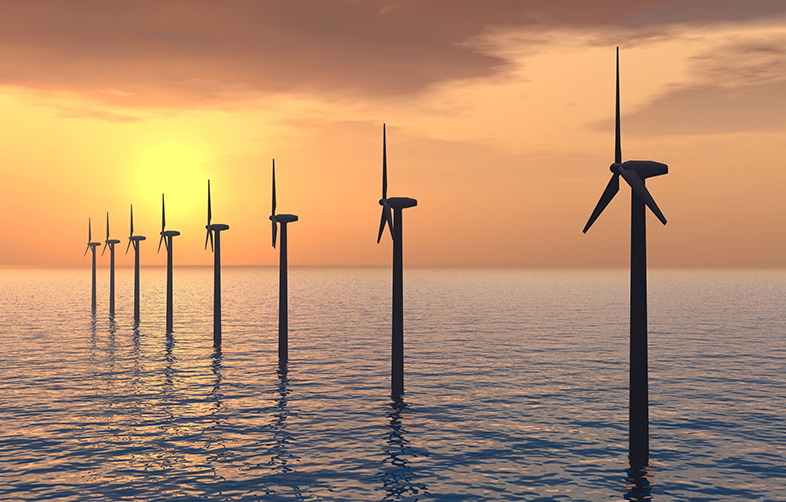2.5 Concentrating PV systems
The energy output of PV cells can be increased by using mirrors or lenses to concentrate the incoming solar radiation onto the cells. This enables fewer PV cells to be used for a given power output. As you saw last week (Section 2.9 [Tip: hold Ctrl and click a link to open it in a new tab. (Hide tip)] ), the concentration ratio can vary from as little as two to several hundred or even several thousand times.
The concentrating system must have an aperture equal to that of an equivalent flat plate array to collect the same amount of incoming solar energy. In concentrating photovoltaic systems, the cells are often cooled, either passively or actively, to prevent overheating that would decrease the efficiency of the cells.
Activity 2
What is the main difference between systems with high and low concentration ratios?
Answer
Systems with the highest concentration ratios use sensors, motors, and controls to allow them to track the Sun on two axes – azimuth (horizontal orientation) and elevation (vertical tilt) – ensuring that the cells always receive the maximum amount of solar radiation. Systems with lower concentration ratios track the Sun on just one axis and can have simpler tracking mechanisms.
Photovoltaic systems are often used to supply power in remote locations, and you’ll now look at some examples.
